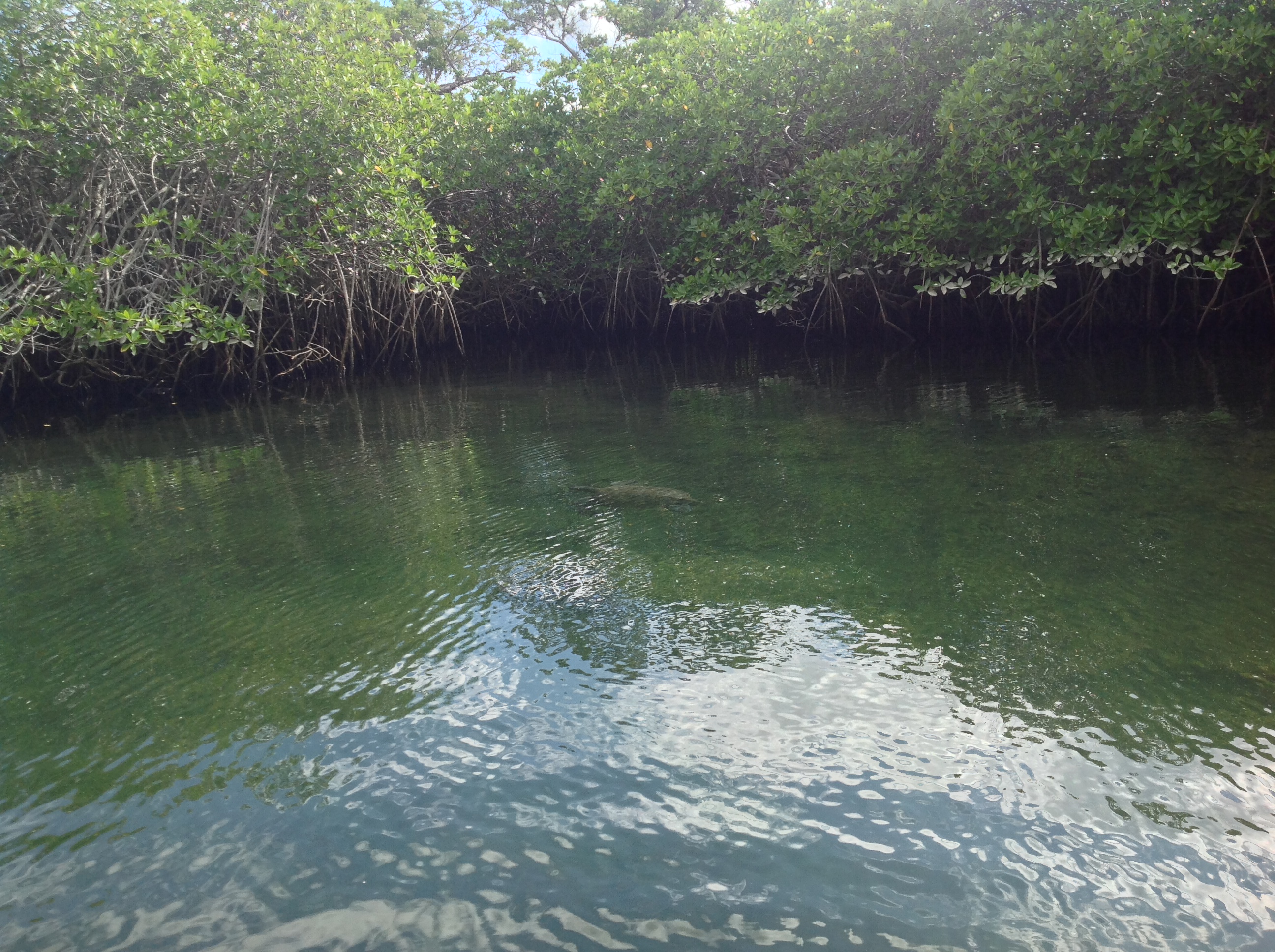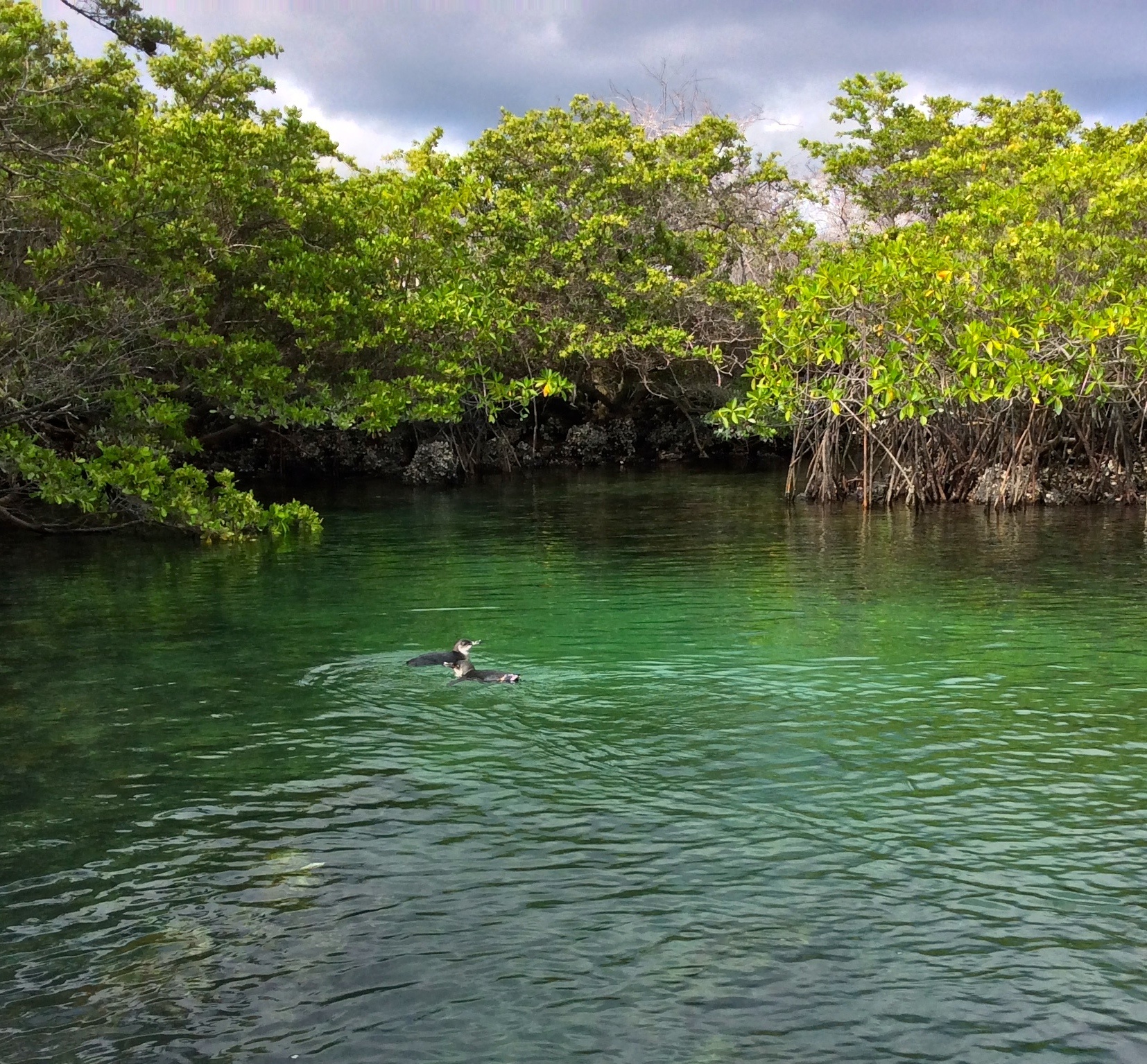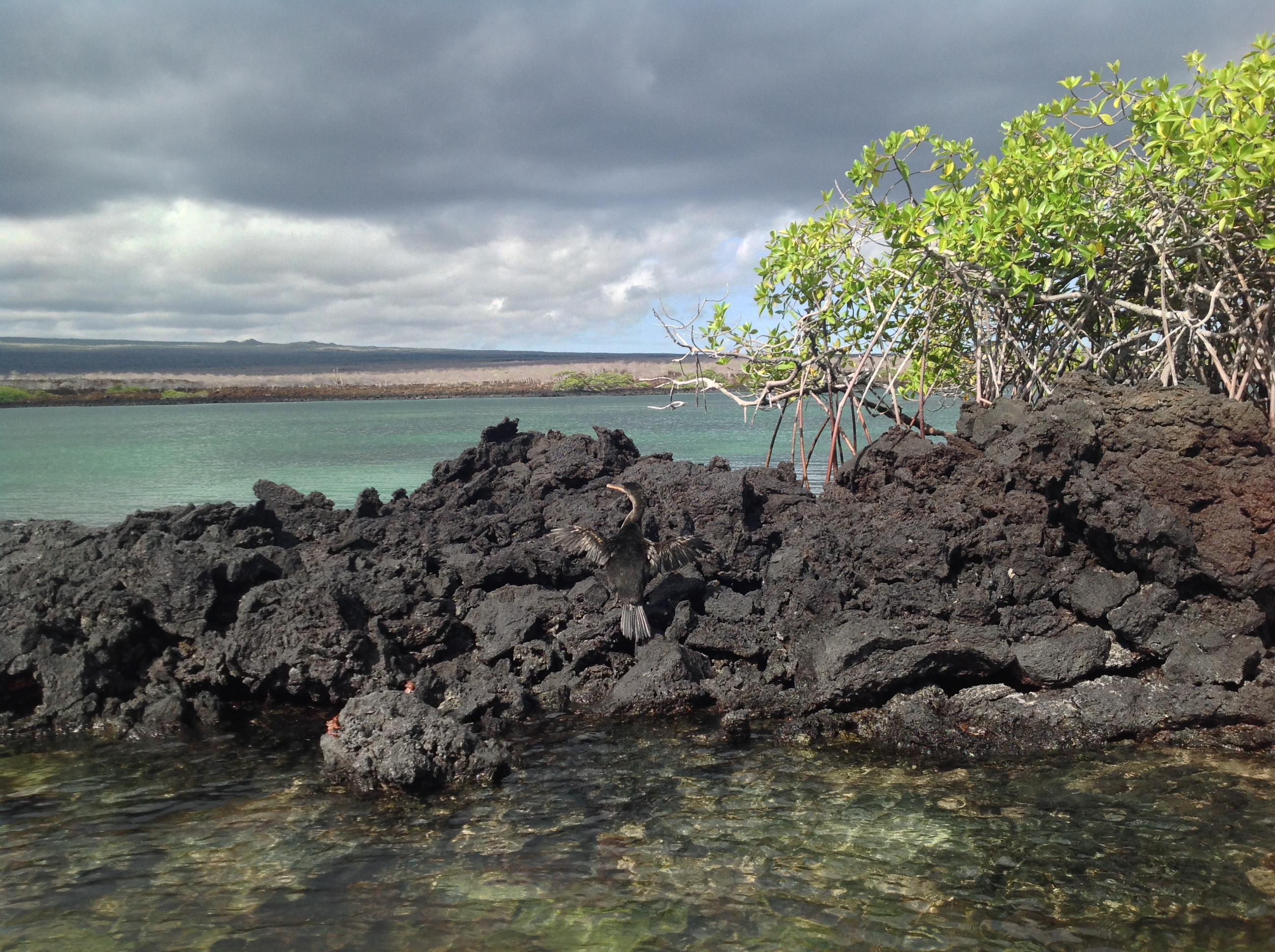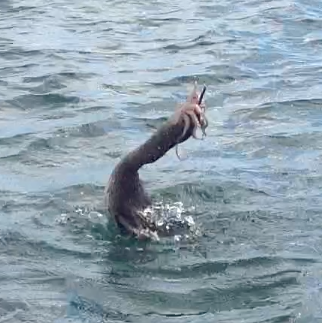When we last saw Senjina, she was silently urging the cab to go faster so she could review the results of her date before getting the emergency infoozian. Gillian Bean’s crumpled form still remains to be found. Read Technombie 1 and Technombie 2.
A small camera aimed at the entrance alerted the door that Senjina, resident #00098627 from unit #C001213 was approaching. The door responded by opening noiselessly before Senjina’s foot reached the top step.
Senjina smiled at the door, as though a real person had been there to offer this small courtesy. It was another benefit of the high-tech video surveillance system, especially since the upgrade to use Face-to-Face, the latest in facial recognition software. The upgrade had been protested hotly by some of the residents, who insisted on maintaining a minimal amount of privacy about how and when they entered and exited the building. They lost.
She hadn’t been around for that debate, but she fully supported the facial recognition reports she got about her exact entries and departures. Without that, she could never really remember what she had done. She’d also signed up for the add-on feature that allowed certain restaurants and retailers to monitor her building entries. It was useful on days when she came home too exhausted and hungry to make food for herself. The restaurants she liked could monitor both her entrance into the building, combined with biometric stats, like her ghrelin levels and automatically send her delivery dinner options. It was all very convenient.
But tonight there would be no delivery dinner options. Senjina had just come from dinner and the door would sense that cutting off transmission to the restaurants, at least for tonight.
Senjina approached her apartment door and waved her forearm over the knob causing the lock to slide open. She pushed open the door and headed immediately to her viewing station. Only 20 minutes remained before the first infoozian to review the data.
Luckily she had had the foresight to open up her ScreenSpace™ on the viewing table before she left for the date. She had opted for the expandable edition and once again felt very pleased with her decision as she regarded the thin, translucent screen stretched to its maximum size and spread out at the viewing station.
She waved her forearm over the ScreenSpace™ control area and the options appeared as a series of holographic buttons in the lower right corner.
- Option: Biometrics
- Time period: 7pm – 9pm
- Factors: first date, restaurant, noisy
The ScreenSpace™ transformed instantly to a series of brightly colored graphs, numbers, and analyses. Senjina squinted at the upper left hand corner of the screen, where the stats about physiological changes appeared. According to the results, the first time her heart experienced a faint increase it had been an adverse reaction to the appetizer, some greasy, fried things.
Darn, she thought. She had been so sure the heart pumps she felt during appetizers was from their hands accidentally touching when they reached for the same crispy globule. She hoped it wouldn’t exceed her allowable limit of bad food intake resulting in another unwelcome boost from the health insurance. Her eyes honed in on the spikes when she had been eating salad.




